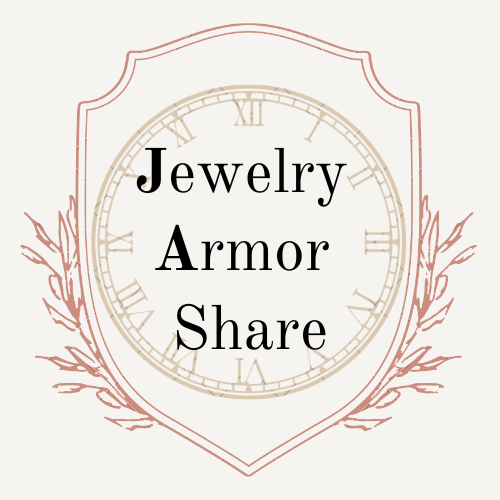There's online advice to take a tape measure (or maybe string?) and measure your finger. I'm telling you, it's not a good idea. Put that tape measure down!
The best way to know your ring size is to wear a few of them and take notice of how they feel on. There are ring sizers that you can purchase with multiple ring sizes, including full and half sizes. There's one available for Amazon for less than $7.
A ring should feel:- gently snug around the finger
- very slight resistance when you move it on or off (it should take a short moment to remove)
- comfortable when wearing
Step 1: Know your Band Size
A ring sizer is helpful for classic shaped round rings. It's a great indicator for bands. Make sure you can identify your ring size per finger type and hand. Typically your dominant hand is larger in size than your non-dominant one. Once you know your ring band size, you get to move on to understanding some additional considerations. Not all rings are perfectly round in shape or in the 2-3mm band thickness.
Step 2: Take Ring Designs into Consideration
The wider the band, typically the tighter the fit. Also, the narrower the band, usually it fits slightly larger.
If the band is not completely circular, let's say it's oval in shape. They are usually a sign where a ring's shank was significantly sized down to maintain the ring's integrity. Typically these do fit slightly smaller.
If the band has an open shape in the back, usually it fits slightly larger. I like to recommend these rings for clients who have larger knuckle sizes. In addition, open shaped backs bring more flexibility to wearing rings. If your fingers happen to shrink a little, I find these types of rings fit better if you still wear them on your normal finger but sitting forward. Or you can always interchange your rings on your dominant or non-dominant hand as they tend to have more flexibility in sizing.
Picture below. Left, oval shaped Elspeth ring (size 5.5). Right, open shaped ring (size 5). I marked in yellow where you can see space for a slightly wider fit.

Picture below. Despite different ring sizes, it can still be worn on the same hand and finger. Notice the ring on the right can still be worn slightly forward.

Large solitaire rings. I'm looking at you with those wide spread out gemmy carats! The higher it is mounted (higher it suspends above the shank) and the heavier the gemstone, the chances are it's going to spin. Also, more susceptible to dings but that's a separate post. I recommend going for a slightly tighter fit here so that it reduces the pendulum swing. Wider bands also offer comfort so that can be an option!
Long rings (along the length of your finger) may also need to sit slightly forward so that it doesn't bump against your knuckles. You may consider a slightly larger size so it can move forward.
Picture below. An navette ring to the left is pushed at the base of the finger. It is uncomfortable. To the right of the picture the ring sits forward, it also visually looks nicer.

3. Know your Unique Shape
Ring sizes that you see declared in shops are standardized and reviewed on what's called a mandrel. They are typically made of metal. Your fingers are made of soft tissue and they are malleable. Your fingers are unique and come in all sorts of different shapes and sizes.
Your fingers will naturally size up and down depending on the temperature, life style, or just plain normal phases of your life.
The preference of where you want the ring to be worn is also a factor. Usually, the knuckle is the largest part of your finger. As you go down beyond the knuckle is where it gradually gets smaller. From your knuckle upwards, your finger size gets dramatically smaller. (think midi rings)
When you do a multi ring stack, I often find that they fit a little smaller stacked together. My theory is that they slightly compress the finger wile they are together.
That's it! Good luck with your ring hunt. I wonder how your experience has been with ring sizes?

